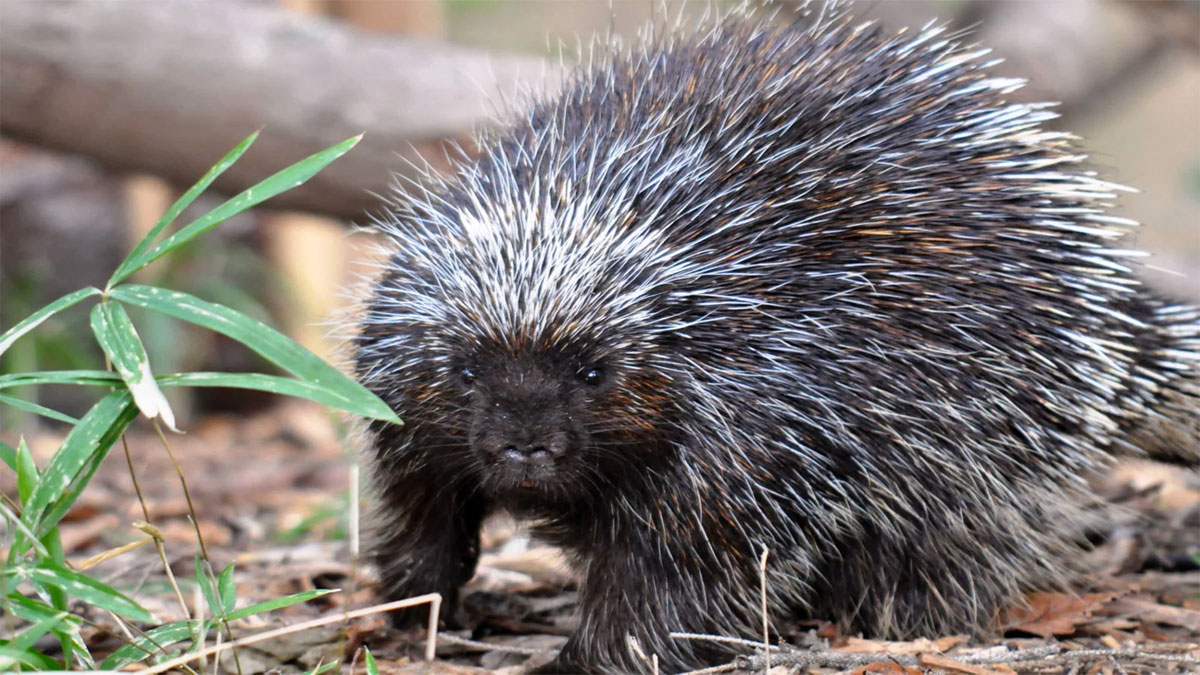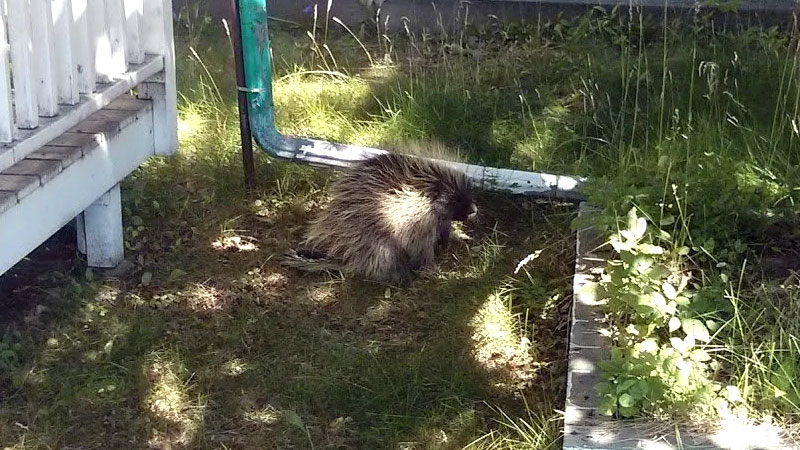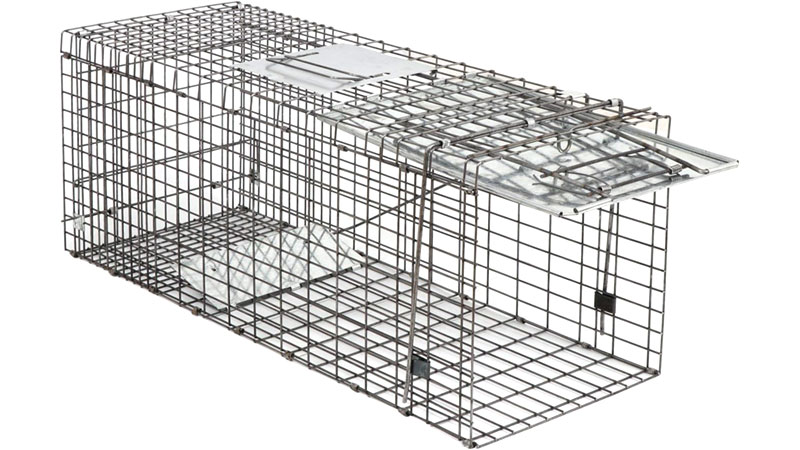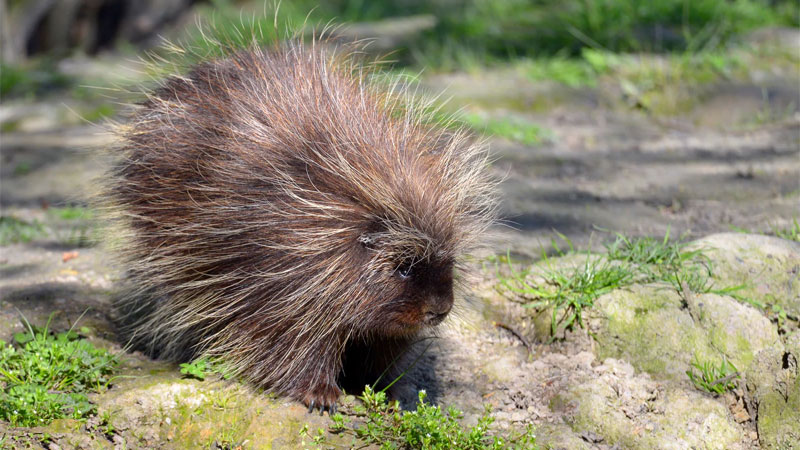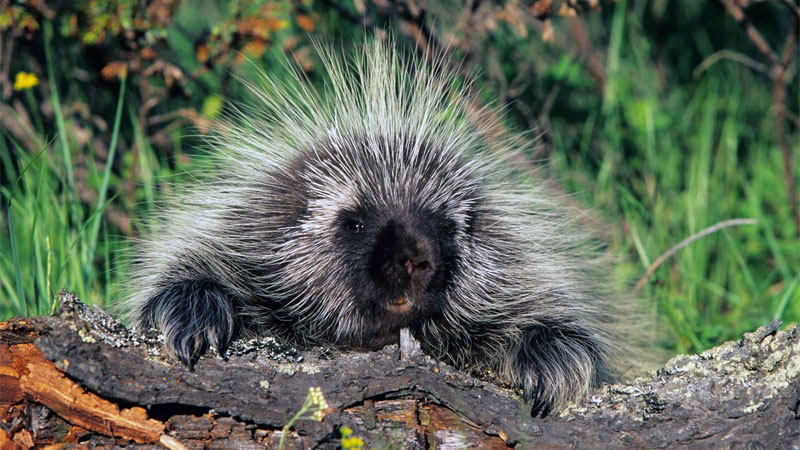Porcupines may seem like cute and fascinating creatures, but if they invade your property, they can wreak havoc on gardens, landscaping, and even wooden structures. With their sharp quills and destructive chewing habits, porcupines are definitely unwelcome guests that need to be evicted.
Getting rid of these prickly pests from your yard, garden, or under your porch doesn’t require painful measures. Keep reading to learn how to get rid of porcupines for good as well as a few interesting tidbits about them along the way.
Getting Rid of Porcupines (and Keeping Them Out)
Removing porcupines is not quite as difficult as it first seems. However, that doesn’t mean it’s always easy. Here are several methods known to work, and we’d suggest employing more than one for the best results.
See Also: How to Keep Armadillos Away
From Your Garden or Yard
Fencing is the single biggest ally you have in locking porcupines out of your yard or garden. Of course, you’ll have to chase them out first. Let’s look at this process in more detail.
Clean Up
Be sure to keep your lawn trimmed and remove all debris. Having your garden fenced in will help, and you can purchase metal bands that will prevent porcupines from climbing your trees. Keep all trash bins tightly closed.
Repellent Sprays
Whether you buy a commercial spray or make your own using hot sauce or garlic, rodent repellent sprays (like Mighty Mint brand) can be used to irritate the noses or paws of porcupines and similar critters.
They have limited effectiveness and pests can build up a tolerance, especially when hungry. However, they can be a great short-term way to chase critters out so you can then fence them out.
- Naturally Safe for People and Pets When Used as Directed - Smells Good Too!
- Extra-Concentrated Strength for Long-Lasting Protection
- Great for RV, Auto, Garage, and Storage
Ultrasonic Devices
It’s become quite popular to use ultrasonic devices to scare away a number of pests. These devices are designed to detect motion or some other trigger mechanism and release high-frequency sounds that are too high for human hearing. They’re a great short term solution but two drawbacks mean you won’t want to rely on an ultrasonic device alone.
The first problem is that they can be annoying or even painful to pets. The other problem is that intelligent critters (such as porcupines) will eventually realize the sounds are always coming from the same place at specific times and will begin to ignore the device.
Finish with Fencing
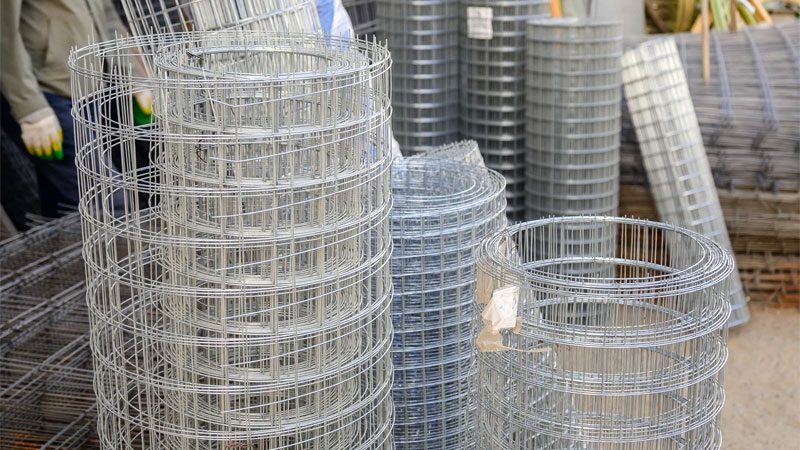
Porcupines are great climbers, but they can also get under a fence, so you’ll have to build both high and low. Avoid using wood and instead stick to metal. Chicken wire is a great option and relatively inexpensive. Welded wire is sturdier but more expensive.
The fence should extend at least six inches below ground. It doesn’t have to be very high, and four feet is usually plenty. Be sure the top of the fence is angled outwards to prevent the porcupine from simply climbing it.
Electric fences are another option that tends to be popular. Unfortunately, these can be harmful to pets and children, so it’s best to reserve using an electric fence for extreme situations.
Can You Use Dogs?
While porcupines are known to avoid dogs, dogs are known for being too curious for their own good. Even worse, the pet food will help attract these critters. Thus you should never rely on an actual dog to chase the porcupine out.
Instead, use canine urine crystals, such as those of a coyote or other canid. This will make the porcupine think there are dogs nearby, although you’ll have to reapply the crystals every few days.
- Can be used as a cover scent, bottled in a convenient squirt-top bottle
- May chase rabbits, voles or mice from gardens/yards, may squirt in a line if...
- May be applied to bark or around base of plants, but do not use on tender plants...
From Crawlspaces or Under Porches
There’s nothing more frustrating than trying to coax a scared critter out of a tight space. The good news is that a combination of traps and exclusionary tactics can rid you of any porcupines nesting in these spaces.
Exclusion Methods
Normally, we wait to discuss exclusion techniques until it’s time to talk about prevention, but this is one instance where there’s a big advantage to using exclusion as a way to trap the critter.
This involves fencing in or sealing all entrances to the crawlspace – except for the main one. This remaining opening will be how you get the critter to leave its hiding spot.
- Allow Raccoons to exit but not re-enter
- Most humane way to remove animals from a structure or dwelling
- Heavy duty galvanized metal
There are two ways to go at this point. We’ll discuss live traps in a moment, but first, we’ll talk about one-way doors. There are all sorts of one-way exclusionary devices out there, so it’s easy enough to find one that matches your needs. As a general guideline, excluder doors marketed for raccoons will work well for porcupines.
The concept is simple: Once installed, a critter can exit, but there’s no way for them to get back in. You can leave this one-way door on indefinitely or replace it with more fencing once you’re sure there are no critters left inside.
Live Traps
Few things are more effective than a live trap – if you can coax the critter to enter it, of course. You can purchase a live trap (this Havahart trap is a popular one), although sometimes animal control services will lend or rent out traps. Aim for a trap at least 32 inches long and 10-12 inches wide and tall. Be sure to use gloves so your scenery doesn’t end up on the trap.
- Humanely Captures Animals – Ideal for armadillos, beavers, cats, small dogs,...
- Innovative Safety Features – Smooth internal edges prevent injuries to animals...
- 2-Door Design – Two spring-loaded doors create a clear path, encouraging...
Place the trap beside the entrance to the crawlspace and cover it with debris to help camouflage it. The bait you use can be anything from kitchen vegetable scraps to a piece of wood soaked overnight in salt water.
Check the trap every few hours for signs of a capture. If you catch something other than the porcupine, release it with caution and call animal control if it appears to be sick or injured.
Once you manage to capture the porcupine, avoid any direct contact. Contact animal control to remove it or wear suitable protective gear if you have permission to relocate it. Porcupines are extremely intelligent and can remember their way through a maze over a year later, so be sure to release the critter at least five miles away.
From Your Home or Garage
This is probably the worst-case scenario. If the porcupine is in your basement or can be closed off in a room, you can attempt to use live traps.
However, in such cases it’s usually best to call a pest removal specialist to avoid the risk of you or your family getting bitten or stuck by quills.
Getting to Know Porcupines
While we only have one species of porcupine to deal with… the North American porcupine (Erethizon dorsatum).
There are actually 58 different species across two distantly related families – the Old World porcupines (Hystricidae) and New World porcupines (Erethizontidae). They’re found on every continent except for Antarctica. But that’s only scratching the surface of these incredible critters.
Note: Unless otherwise noted, we will be focusing mainly on the North American porcupine.
Porcupine Damage
If you want to know how big of a nuisance porcupines can be, just ask any outdoor enthusiast. Their obsession with salt means they’ll chew on anything that contains traces of salt.
This can include rubber tires, hiking boots that have rock salt on them, and even treated wood products. Tool handles, boat oars, and even work gloves can become fast food if your sweat has gotten on them.
Beyond this, they can cause damage to a number of root vegetables and damage your trees. They prefer smooth bark, such as on aspen, cottonwood, willow, and ponderosa pines, but will also chew on any structures made from wood or rough-barked trees if the mood strikes.
Dealing With Porcupine Quills
One of the worst problems with these pesky animals isn’t their obsession with salty residue or wood, it’s what happens when you or a pet gets stuck by their quills. The wound may have a burning or itchy sensation long after the quill is removed, thanks to the microscopic tears caused by the quill’s barbs.
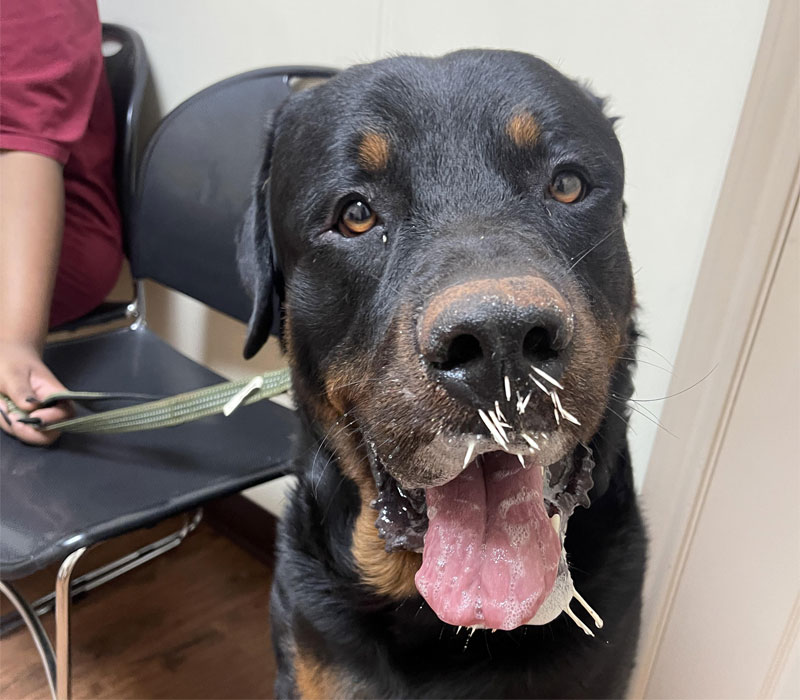
The bad news is that kids and dogs tend to learn this the hard way, although cats are a lot more reluctant to tangle with a porcupine.
The good news is that the quills are free of toxins and will theoretically cause little more than some discomfort unless there’s a rodent allergy or the quills got onto the victim’s tongue (which can make eating quite painful for a while).
Can Porcupines Climb?
They’re actually incredible climbers and have been known to scale trees in search of food. In fact, porcupettes can start climbing trees when they’re only two days old.
Can Porcupines Really Fire Their Quills?
As much fun as the cartoons are of porcupines launching quills like ballistic missiles, this is actually not true at all. The quills are loosely attached, making it possible for the porcupine to release them when attacked.
Each quill has microscopic barbs, making removal that much more painful.
Porcupine Diet
Porcupines are primarily herbivores, but will also eat insects. They love grasses and just about every part of plants from the bulbs and rhizomes to the leaves and fruits. They’re also known to gnaw on tree bark and conifer needles in the winter when other foods are more scarce.
Unfortunately, they have a particular craving for salt, which can lead them into all sorts of destructive habits.
Where Do Porcupines Live?
Porcupines are solitary critters that prefer to make their dens in caves or other hollows, including inside of logs or trees. Their dens are usually identifiable from the feces left by the entrance.
Unfortunately, they’re also known to take over abandoned burrows, and this habit has extended into seeking shelter in crawlspaces, sheds, and basements as humans continue to encroach on their native habitats.
Do Porcupines Carry Disease?
For the most part, porcupines are quite resistant to disease and are less likely to carry a number of common parasites than rats or rabbits. Unfortunately, they’re not immune to rabies, and have been known to contract the disease on rare occasions.
Spotting a porcupine that’s acting odd or aggressive, especially during the day, is a major red flag. In such cases, call an animal control officer immediately and avoid getting close.
Some Porcupine Fun Facts
We could write an entire book about porcupines and still have more to discuss, but here are some additional fun facts that will give you a better understanding of these little guys.
- Porcupines are rodents, with the North African crested porcupine being a massive three feet long (and that’s not counting the tail)! Thankfully, other species are smaller, with the smallest being the Bahia hairy dwarf porcupine at only 15 inches long, minus tail. The North American porcupine grows to just under four feet including tail, making it the second largest rodent in North America after the American beaver.
- A porcupine will live around ten years in the wild and have been known to live up to 30 years in captivity.
- Baby porcupines are called porcupettes and actually have soft hairs for the first few days of their life.
- It takes about seven months for their babies to gestate and twins are extremely rare. Porcupettes are able to walk almost immediately after birth. They’ll be able to reproduce by the time they’re two years old.
- An adult North American porcupine can have as many as 30,000 quills.
- When threatened, porcupines will first emit a foul odor, then rattle their quills and clack their teeth. If still under threat, they’ll turn their back to the predator, using their tails as a club and letting their quills get embedded in the predator’s face. Trees are a last resort.
- Porcupine quills are valued as decorative elements by many Native American nations.
- Much like armadillos and pigeons, porcupines are actually edible and have traditionally served as an important winter food source in parts of Canada.
- Porcupines make great pets, although you need to be careful to never pet them in the wrong direction! And yes, porcupine owners have been known to make this mistake on rare occasions.
- How to Get Rid of Hawks - March 8, 2024
- How to Get Rid of Pill Bugs (Rolly Pollies) - March 1, 2024
- How to Get Rid of Groundhogs (Woodchucks) - February 5, 2024

